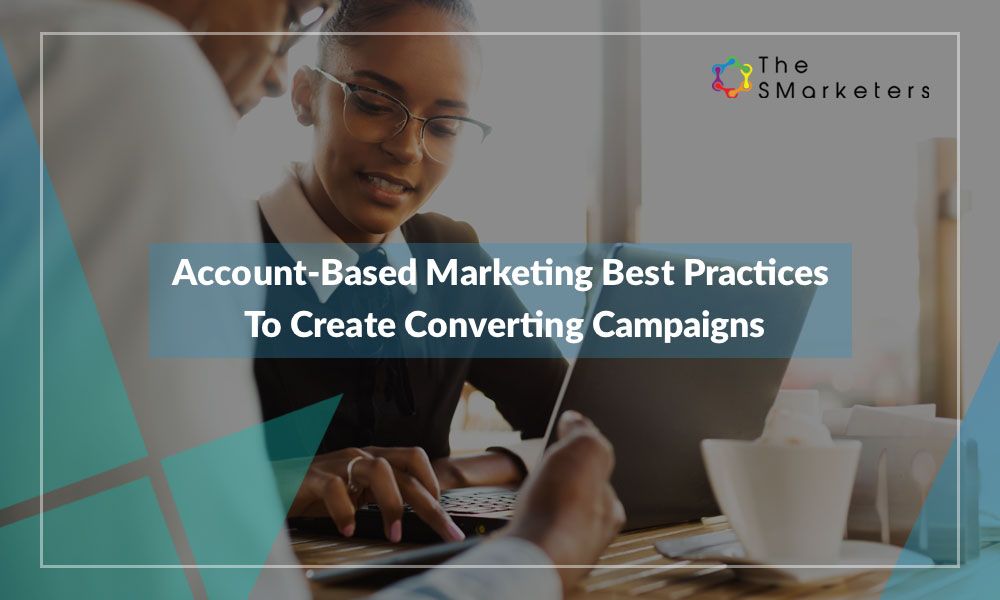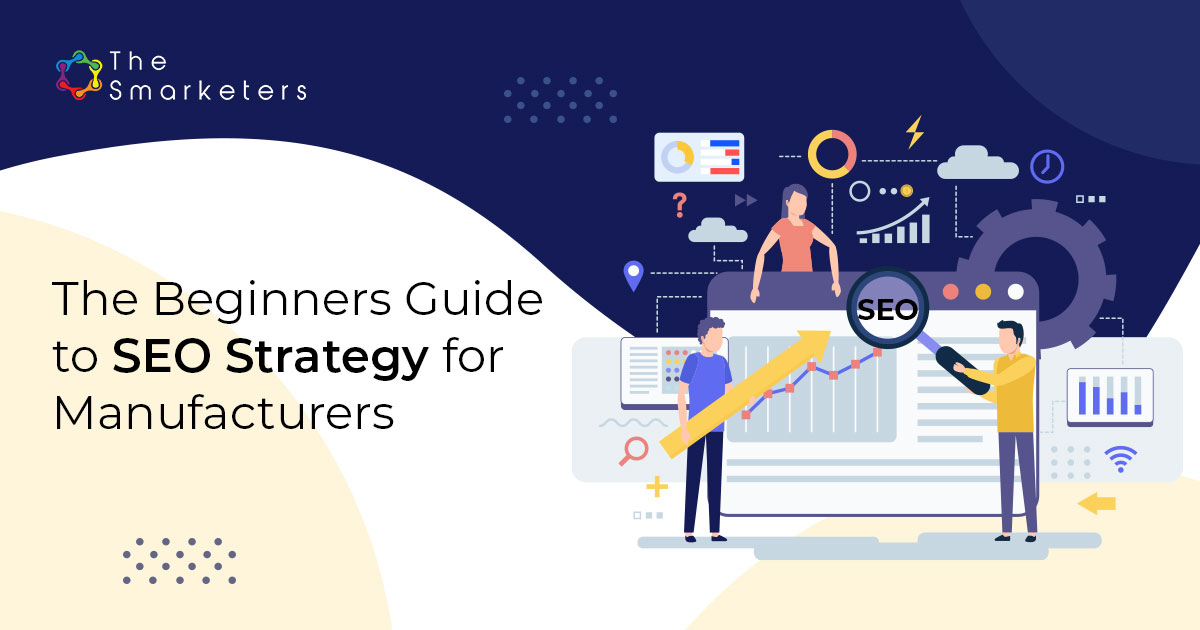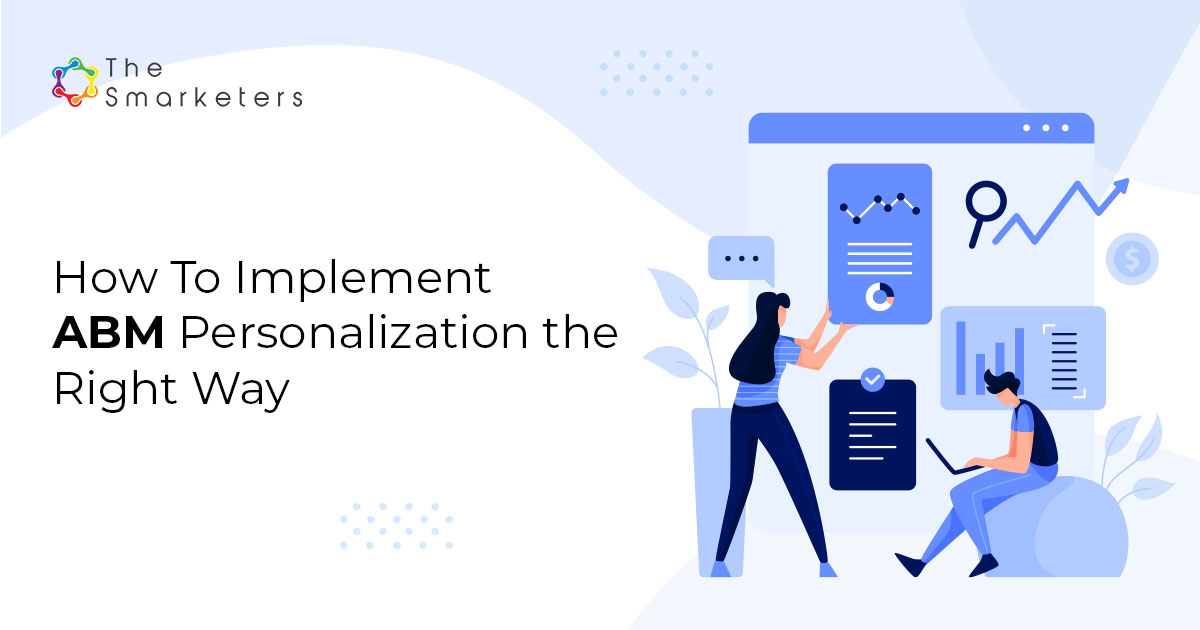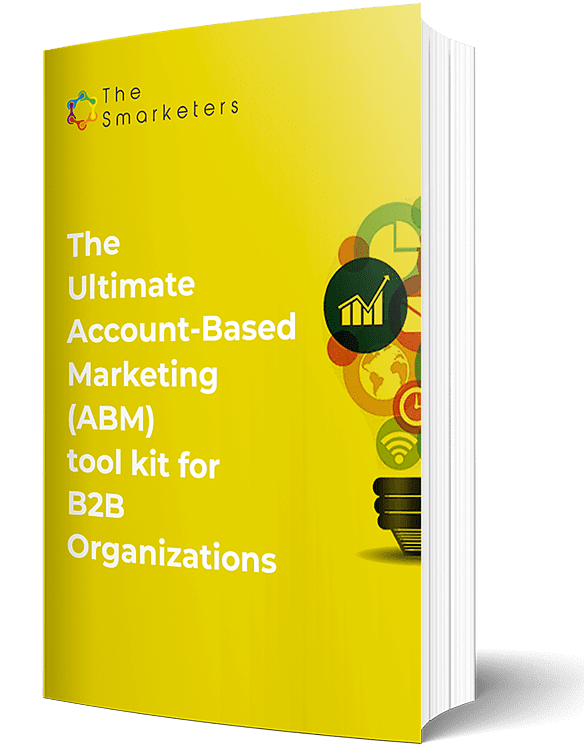B2B marketing is no easy feat. Marketing teams are constantly on the lookout for the right target accounts and the salespeople are always hunting for enterprise leads. Most companies, obviously, want to see numbers reflected on the charts. But the consumer market is getting pickier by the day when it comes to making purchase decisions. They want everything served to them as per their needs and preferences. That’s where account-based marketing best practices come into the picture.
With marketing automation and personalization tools, this has become much easier for B2B marketers. These tools collate data from all interactions made so far, combining them with market and target account data to offer a clear picture of who the target audience really is and what they are looking for.
So, instead of wasting time on leads that are tough to convert or are of little value to a business, marketers get to focus on those that are more likely to show long-term commitment and higher profitability.
Account-based marketing focuses on casting a stronger net rather than casting a big one.
The idea is to capture the most relevant audience for your business and nurture them with a relevant, personalized, and contextual marketing strategy. That’s why most B2B companies work with an account-based marketing agency. They help them understand data, identify the preferred target accounts and work on highly personalized marketing campaigns, guaranteeing more conversions over a set period of time.
Salesforce surveyed companies using account-based marketing as their growth strategy. They reported that 97 per cent of marketers say that ABM has a higher ROI than traditional marketing tactics. Additionally, more than 90 per cent of B2B marketers also acknowledged that account-based marketing is either important or extremely important for their organization.
Taking numbers into account, account-based marketing has proven to be an effective growth strategy for B2B companies.
That’s why in this article, we’re sharing account-based marketing best practices to keep in mind when creating a campaign. As an account-based marketing agency, we have vetted these tips by trying and testing them on our clients over time, and are sure they will bring you the results you’re looking for.
Account-based marketing best practices for B2B
1. Focus on identifying and understanding your high-value, high intent audience
With digitization, you have access to all the data you need for your marketing campaigns. All you need to do is put that data to work and identify your key target accounts. Have qualifying criteria in place to shortlist your high-value accounts. Creating a checklist of data points that you want an uptick on while shortlisting target accounts is a good practice.
For example, if you build enterprise technology solutions, your qualifying criteria should include the annual turnover, current technology stack, countries of operation, etc. You definitely don’t want to be reaching out to accounts that don’t have the resources to sustain your solution over a long period of time.
2. Don’t make a sales pitch, address their pain points with a solution
Understanding who your target accounts are is only half the job done. To focus your marketing efforts on what these accounts really want to hear from you, you need to dig deeper. Identify their current needs and how they might change over time, challenges want intent and purchase behaviour. Also, take note of other solutions from the same industry that may be targeting the same account.
To get to the root of what their challenges are and how you can offer them a solution, investigate their internal structures, interview and survey key decision-makers, and look at their past purchase profiles.
Some helpful tools to compile data can be your own CRM, social networks like LinkedIn and Facebook, and online communities to tap into ongoing conversations. You can also use the voice of customer surveys on your website, for your strategic key accounts, to probe their likes, dislikes, and the urgency of their purchase requirements when offering them solutions.
Once you have the core information about your target accounts, you’ll be able to clearly qualify and segment them into lists like ‘immediate’ or ‘priority’ or ‘purchase ready’, etc. This will keep your marketing and sales efforts in an account-based marketing campaign aligned.
3. Establish a strong marketing and sales team alignment
Today, when contextual marketing has taken over, it is important that both sales and marketing work hand in hand. Working in silos only results in losing critical data and losing context on a target account’s journey with the organization.
Account-based marketing requires that sales and marketing teams work in sync right from identifying target accounts to establishing the first connection and then communicating with them to nurture leads and convert them into customers, and the support after.
As per a Bizible survey, marketers who use account-based marketing as their strategic practice are about 40% more likely to work on bringing this alignment than those who aren’t. Their ability to draw out and execute campaigns based on data is what enables the sales teams of the organization.
4. Infuse relevance and context in all the communication
Now that you have all the information about your key accounts, the next step is to nurture them with content. Depending on buying readiness of these key accounts an account-based marketing agency creates and uses relevant content as a nudge towards a conversation. The information provided and the educative approach help accounts make an affirmative purchase decision.
Marketing content when you have information like the goal of your key account and the current challenges they are facing becomes much easier. It also becomes contextual when you know exactly what ‘solutions’ they are looking for, increasing the chances of your content being consumed. All you need to do is create authoritative and value-adding content for accounts at every stage of the funnel.
Using marketing automation solutions, you can also use your data to create segments of your target audience. Categorize your shortlisted accounts on the basis of the criteria you set for lead scoring. This will further enable you to run behaviour-based personalization campaigns for an account-based marketing strategy. We call it personalization on a one-to-one level.
5. Choose only the relevant and right channels for all communication
Creating the right marketing collaterals for your target audience won’t serve much purpose unless it is reaching them exactly on that medium where they spend the majority of their time.
For example, if a senior level manager of XYZ enterprise is a target account for you, sending him information about your new product launch on Whatsapp is a poor marketing strategy. Chances are he will not take your message seriously or might even get offended for invading his privacy.
In this case, if you tried reaching out to him on LinkedIn, even if it was an automated message, he becomes more responsive to it. Alternatively, you could also follow up your LinkedIn message with an email to ensure your message is conveyed and taken professionally.
Similarly, if senior graphic designers are on your list of key accounts, you know that Pinterest would be a good platform to engage with them. Targeting finance executives? Why not serve them ads or sponsored content on Bloomberg or MarketWatch?
The secret behind a successful account-based marketing strategy is reaching the right audience at the right time with the right message – on the right channel.
6. Continually measure, track, and optimize your account-based marketing campaigns
Marketing plays a huge part in bringing in the right audience, accounts, conversions and business revenue. However, it is often difficult to attribute this revenue to various marketing activities because of its omnichannel nature. This often leads to marketers finding it challenging to optimize their spending or allocate resources to what works the best for their business. The same holds true for account-based marketing.
So, define your goals and metrics for each marketing collateral or activity you plan – content assets, email, social media campaigns and more. Measure metrics like the number of leads from an account-based marketing campaign, the percentage of engagement, open rates on email, downloads of eBooks, conversions from paid social ads, etc.
It’s like tracking the performance of each campaign and then tallying the data to see what worked best for your organization and for which segment of target accounts. Measuring performance continually helps keep your campaigns optimized and also helps you understand your target accounts’ changing behaviour better.
Closely tracking metrics will also help you identify loopholes in your marketing and sales campaigns. It enables you to take corrective measures and prevent your target accounts from falling through the cracks.
Over-to-you
Account-based marketing is being rapidly adopted as a strategic approach to growth in enterprises as well as in small and medium businesses. Marketers love the idea of focusing on select target accounts that actually guarantee results than seeking conversions from a wider market.
The above are account-based marketing best practices from some of the best and high-converting account-based marketing campaigns we have run. But each may vary based on what your B2B company does, who it is targeting and what your end goals are. So remember to continually tweak, test and optimize the approach you take to account-based marketing.













